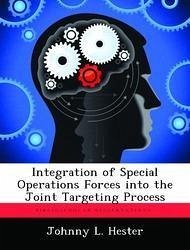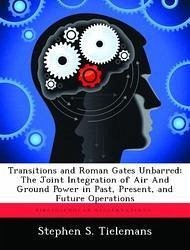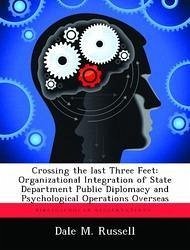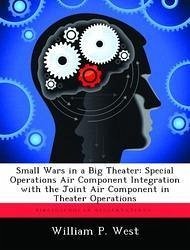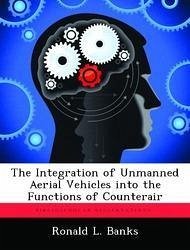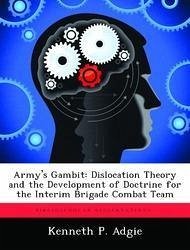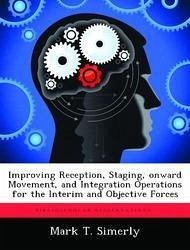
Improving Reception, Staging, onward Movement, and Integration Operations for the Interim and Objective Forces
Versandkostenfrei!
Versandfertig in über 4 Wochen
52,99 €
inkl. MwSt.

PAYBACK Punkte
26 °P sammeln!
The transformational imperatives of the interim and objective forces challenge the relevancy of the RSOI model. If RSOI is to continue as a valid construct for the projection of future forces, it must be recast so that it, like the interim and objective forces, gains responsiveness and flexibility while shedding bulk and vulnerability. This thesis evaluates potential methods to improve the RSOI process for the interim and objective forces in accordance with their emerging employment doctrine and deployment requirements. It addresses the current joint and Army RSOI doctrine and its application ...
The transformational imperatives of the interim and objective forces challenge the relevancy of the RSOI model. If RSOI is to continue as a valid construct for the projection of future forces, it must be recast so that it, like the interim and objective forces, gains responsiveness and flexibility while shedding bulk and vulnerability. This thesis evaluates potential methods to improve the RSOI process for the interim and objective forces in accordance with their emerging employment doctrine and deployment requirements. It addresses the current joint and Army RSOI doctrine and its application to the legacy force in order to evaluate its strengths and weaknesses. The analysis reviews the precepts of the interim and objective forces, underscores the capabilities and vulnerabilities RSOI brings to force projection, and examines how the RSOI functions can be performed more efficiently by addressing the relation of each function to the developing forces. Due to the wide scope of the research question, the study does not recommend a single solution to RSOI shortfalls, but instead focuses on a collection of possible doctrinal, procedural and organizational solutions, highlighting their advantages and disadvantages.





